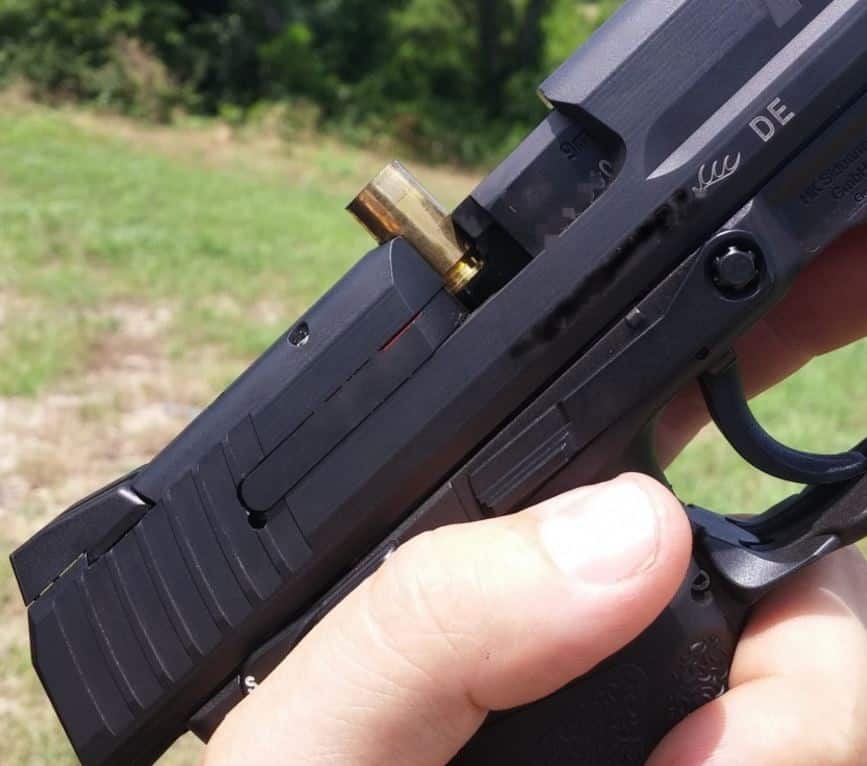

Of the two types of failure to feed, a stovepipe is a little more common but total failures to extract can occur. If the extractor is too loose, or if it seems worn, it could need either tightening or replacing. You may also want to replace your recoil spring if it's getting worn out.

Lighter loads require lighter springs, hotter loads require a stiffer spring. However, if the problem repeats itself, then you may have a mechanical issue.įirst, make sure that you're using an appropriate recoil spring weight for your ammunition. If the problem doesn't repeat itself, it's possible that it was a bad round which does happen. Tightening the grip and ensuring you aren't short-stroking the slide with the thumb or anything else will rule out these causes in short order. At that point, you must diagnose what the cause of the stovepipe was. When a stovepipe happens, you pull back the slide to get the round free. This holds it up in the ejection port and causes a stovepipe. If the extractor is worn down, or if it does not have sufficient tension, the round will not be pulled from the chamber and ejected with sufficient force. The extractor is also a cause of stovepipes.

Riding the thumb too high on the slide will also interfere with the pistol cycling and lead to a stovepipe. Limp-wristing can also cause a stovepipe, as not holding the pistol firmly enough can cause the slide to not cycle correctly, leading to a shorter return stroke and a stovepipe. If ammunition is the cause, either use a more appropriate load or cease using faulty rounds. If you're using a recoil spring with too much tension for the ammunition you're using, the slide will cycle faster than the spent case is sent out the ejection port. This could be due to switching to lower-pressure rounds, a bad batch of factory ammunition or a poor handload.Īnother common cause is the recoil spring. Diagnosing And Fixing A Stovepipeįirst, if the ammunition you're using has too weak a powder charge, it won't cycle the slide correctly. In the latter instance, the round just didn't get pulled out of the chamber after firing.Įach has their own causes and fixes. It looks like a stove pipe is sticking out of the chamber and thus you get the name. In the former instance, the round will get stuck between the slide and the barrel throat while ejecting, due to the slide cycling too fast or too slow an ejection. The revolver crowd doesn't deal with it as much, though an ejector can certainly get break. Just like a failure to feed, this is an issue that pretty much only affects semi-autos. In the latter case, a round is fired but isn't extracted out of the chamber. There is a stovepipe, where a spent case gets caught in the ejection port, and a failure to extract. There are two basic types of failure to extract. That said, let's find out a bit more about failures to eject. The good news is that the cause is usually rather minor and can be addressed in a matter of minutes. Just like a failure to feed, the cause can be diagnosed and addressed. A failure to eject, otherwise known as a FTE, can take a few different forms and has several common causes. There are a few common firearm malfunctions, one of the chief among them is a failure to eject, where a spent case is not ejected from the pistol and keeps the slide from cycling.
#Stovepipe gun jam how to#
Why You Had A Failure To Eject And How To Fix It


 0 kommentar(er)
0 kommentar(er)
